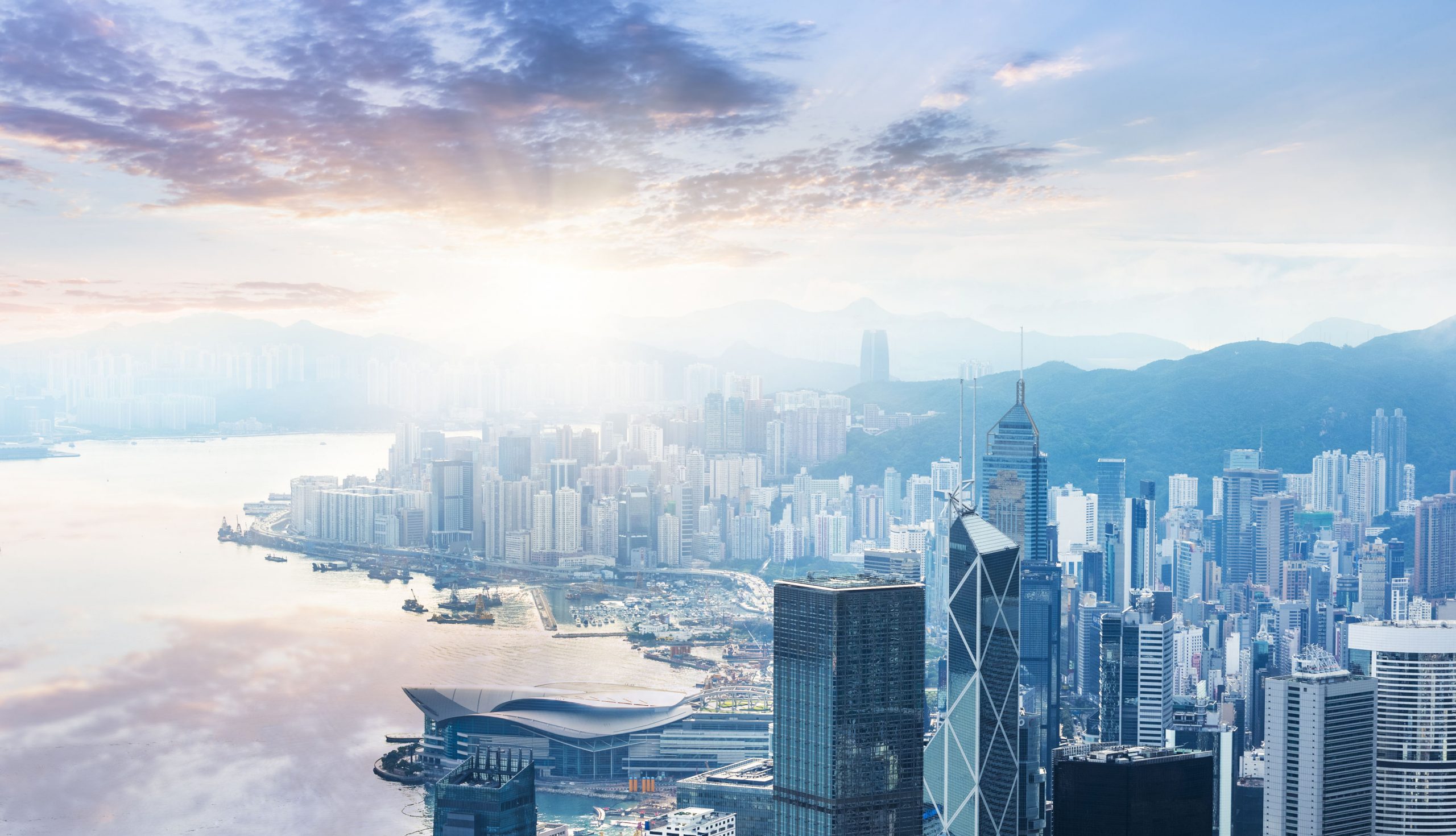The pilgrimage south to Melbourne will be getting underway once destination marketers and those selected as hosted buyers see their itineraries and e-tickets surface in inboxes.
Aime 2015 is likely to be another bonanza and give further credit to Melbourne Convention & Exhibition Centre, the city itself and the host of Australian destinations meeting buyers from prize markets such as India and China.
MIX will also be taking the journey south and we look forward to meeting you whether on the exhibition floor, a tour bus or over cocktails and canapés.
Aime marketers have started to call the February event the southern hemisphere’s leading event for the meetings, incentives and conference industry – and so they would. But before the “best-in” hype gathers froth, let’s have a look at some of the efforts made in Asia from destinations that have so far seen less of the limelight.
Tokyo Convention Bureau – or its nom de guerre Business Events Tokyo – has been impressive in the way it has guided the city through the successful hosting of large-scale events such as the World Bank-IMF meetings in 2012, with about 20,000 participants, and the 2014 IBA Tokyo, which saw 6,300 top international lawyers attend and – to our knowledge – not one writ issued. The events showed Tokyo’s capability in handling security, transport and the support services needed for large groups – and at a level that was not lost in the city’s successful bid to host the 2020 Summer Olympics.
Neither has the enthusiasm generated by the team at Business Events Tokyo been lost on major players in Japan’s economy and convention bureaus in other parts of the country.
Mori Building is one of the giants of Japanese business that has rightfully put itself at the centre of Tokyo’s infrastructure preparations for 2010. This includes the conference and incentive travel opportunities presented by the developer’s latest project, Toranomon Hills.
For too long the excesses of developers have often led to the destruction of neighbourhoods and the displacement of the enterprising people who run small businesses among them craftsman whose skills have been handed down through generations. Mori’s approach has been to ensure that the small shops and eateries surrounding the 52-storey tower are part of the development which sees Toranomon Hills along the main route that stretches from the main Olympic stadium to its north and the TV and media centre to the south in Tokyo Bay.
How Mori maintains its vision will be watched with more intensity as the Greatest Show on Earth approaches. After all, one does not wish to become embroiled in a dispute with the owners of a shop selling samurai swords, which was one of the outlets visited by a group of trade media in early December 2014.
In Japan’s north, Sapporo Convention Bureau is organising a MICE Leaders Summit in early March. With Sapporo preparing a bid for the 2026 Winter Olympics, Japan and the rest of Asia Pacific will be hoping the city emulates Tokyo’s success. Prior to all that, we’ll see you in Melbourne.


